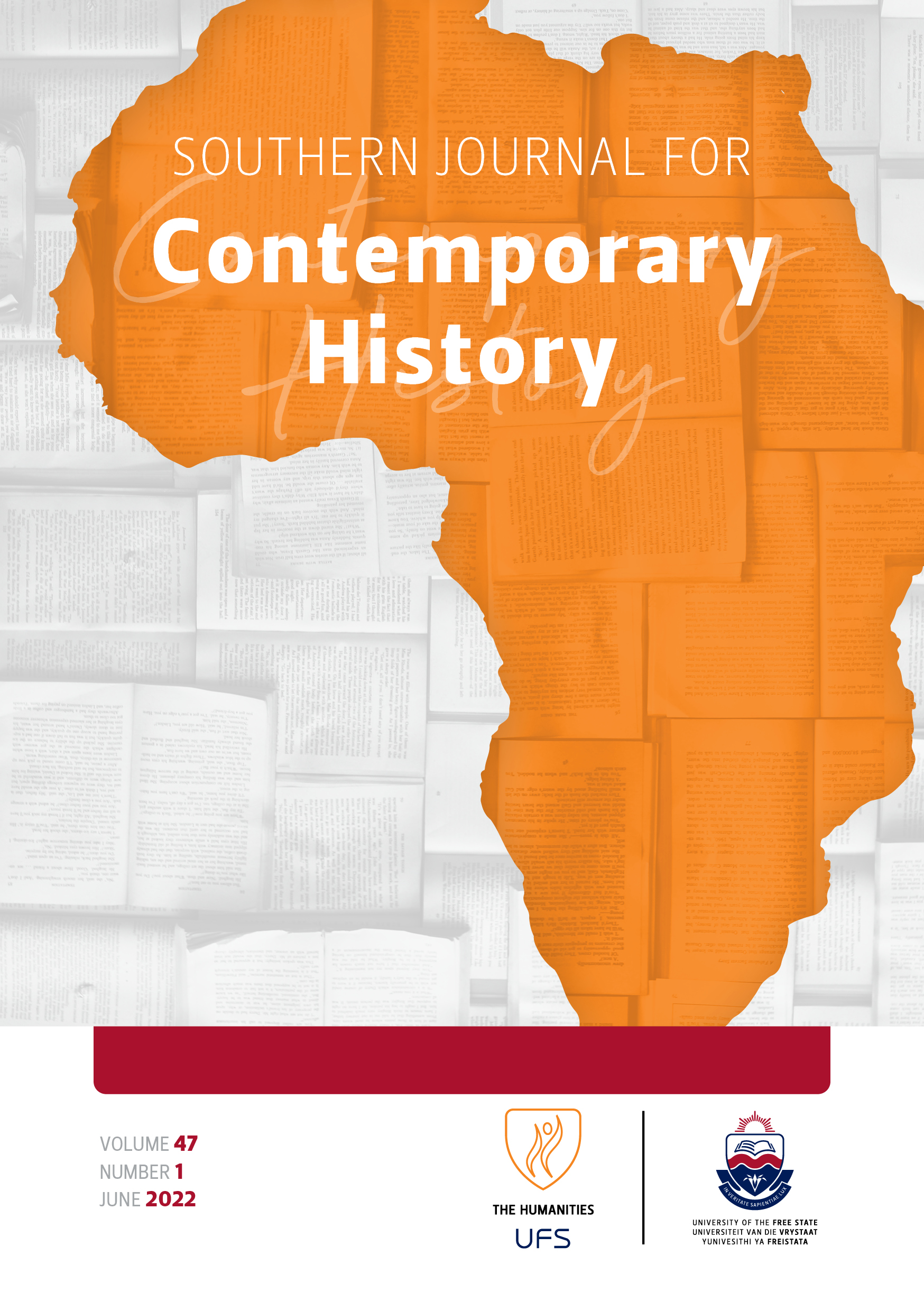British colonial policies and the challenge of national unity in Nigeria, 1914-2014
DOI:
https://doi.org/10.38140/sjch.v47i1.6168Keywords:
Amalgamation, Colonial Nigeria, Decolonisation, Post-colonial Nigeria, Inter-ethnic relations, Structural imbalance, Constitution-making, Nation-buildingAbstract
The symbolic importance of the 1914 amalgamation in Nigeria’s history is not in doubt. It was the year that the British colonial administration brought the culturally diverse peoples of Nigeria together under one central administration. However, 100 years after the amalgamation, Nigeria has been unable to build a nation or run the semblance of a modern state despite abundant natural and human resources. Harmonious co-existence between and among the country’s constituent parts has proved most elusive. Relying on primary and secondary sources, this paper critically examines the nexus between the 1914 amalgamation and the British colonial policies that followed, on the one hand, and the challenge of national unity and harmonious inter-ethnic relations in Nigeria’s centennial on the other. It argues that the challenge of national unity in post-colonial Nigeria had its root in the nature and structure of the country’s foundation laid by the British in 1914. It posits that the way that Nigeria was structured by the British, the colonial policies under which the country was administered, and the nature of the transfer of power from Britain to Nigeria, bore the destructive cancer of imbalances that the British deliberately inculcated into the Nigeria project. These resulted in fault lines and fissures that have made it difficult for the constituent parts of post-colonial Nigeria to cohere. The paper submits that Nigeria’s lopsided colonial structural foundation, which is still being maintained, has remained a severe challenge to national cohesion and harmonious inter-ethnic coexistence in post-colonial Nigeria.
Downloads
##submission.downloads##
Published
How to Cite
Issue
Section
License
Copyright (c) 2022 David Olayinka Ajayi

This work is licensed under a Creative Commons Attribution 4.0 International License.




